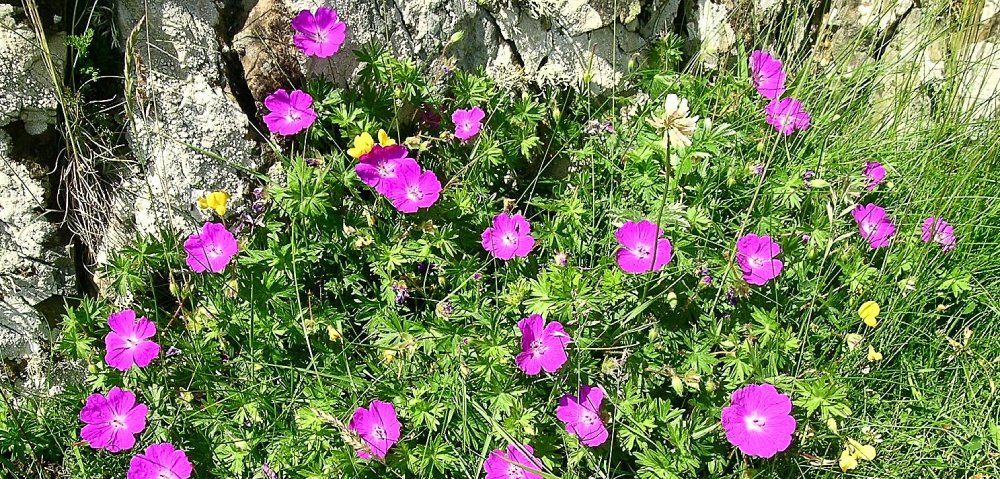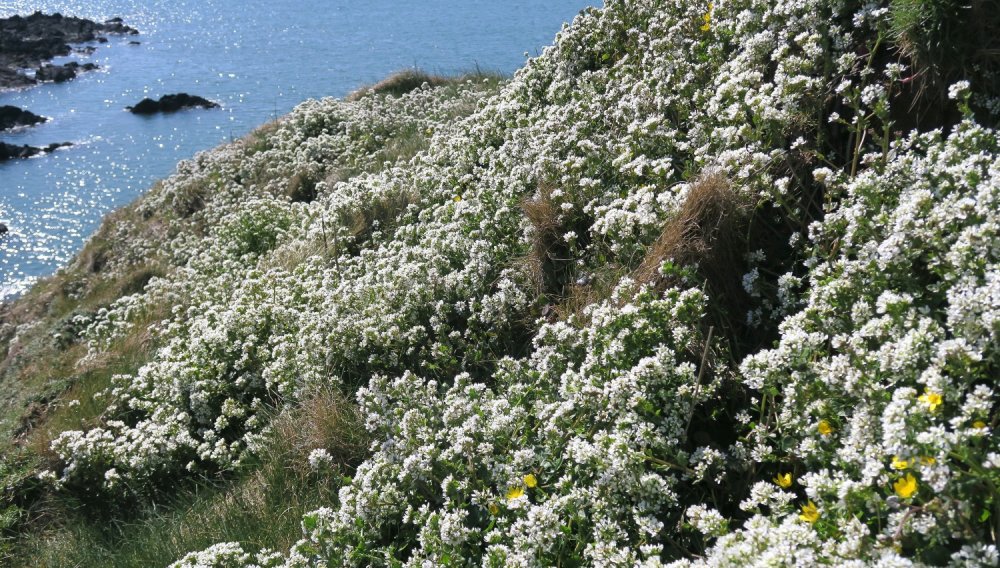‘At least one good thing has happened this year,’ said a friend, ‘I’ve got to know my neighbours better.’ It’s important, isn’t it? If neighbours greet us by name and stop for a friendly chat, it can cheer us up.
What about our non-human neighbours? Can you name the trees you pass? The birds you hear and see? What about the plants in the pavement cracks? If I couldn’t name the common species around me, I’d feel like a tourist. I’d lose my sense of belonging to my community.
Identifying our flora and fauna has never been easier. In the 1960s, my first Peterson field guide to the birds boasted over 1,100 illustrations but over 500 were black and white. Now, there is an abundance of full-colour guides to just about everything: mammals, butterflies, bees, snails, moths, dragonflies, trees, fungi, flowering plants… plus dedicated web sites, apps and facebook groups, as well as natural history clubs.
Spring is the perfect time to improve our knowledge of bird song: most species are singing and in the woods, trees are still bare, so we have a chance to see the songsters.
Two small, greenish warblers which are pouring into Scotland just now look virtually identical, but sound different. If you are not familiar with them, you can compare the repetitive refrain of the Chiffchaff and the melodic descant of the Willow Warbler. You don’t need to live in prime habitat to enjoy the real thing, a friend recently heard her first Chiffchaff of the year from a supermarket car park.
This is also a good season to learn tree names, whilst the deciduous ones have distinctive catkins, or are bursting into leaf. Spring and summer are perfect for tackling flowering plants: I do it every year! And every year I forget many, and have to look them up again.
If you find the sheer number of plants and birds daunting, why not tackle a less diverse group? Here in Dumfries & Galloway, there are only about 30 species of butterflies, 18 species of dragonflies and damselflies, and 8 species of crickets and grasshoppers.

Chiffchaff is most easily seen in April, when it often sings from a bare treetop. (Peter Harris) 
The botanist who named Bloody Cranesbill was referencing the petals and the seed pod. (R&B Mearns) 
Meadow Grasshopper: there are only three other species of grasshopper in Scotland. (R&B Mearns) 
The male Orange-tip, which emerges in April, is one of our most easily identified butterflies. (R&B Mearns) 
The Horse Chestnut presumably gets its name from the scar, shaped like a horse-shoe, which occurs when the leaf stem falls off in autumn. (R&B Mearns) 
Scurvygrass flowering on the Scottish coast in April. (R&B Mearns) 
The Willow Warbler has a distinctive, pure and melancholy song. (Peter Harris)
Whatever you focus on, the identification process necessitates paying attention to a variety of features. I wonder if you can recognise this common bird, described as I saw it this morning.? Streaky brown upperparts. Pale breast. Brownish legs. Approximately sparrow-sized. Alone. Silent. Curved bill. Creeping up a tree trunk. Any birder could tell you, just from the last two details, that it’s a Treecreeper. It takes a little time and commitment to learn the key features: to know what to concentrate on if you have just a few seconds. A beginner has to start with the basics: to tell a gull from a tern, a butterfly from a moth, a grasshopper from a cricket. With practice, you quickly identify the family and try to name the species, to check the colour of a gull’s legs, the underwing pattern of a white butterfly, the shape and length of a grasshopper’s antennae.
Names are not just biological: they invite us to explore their origins, as with the following botanical examples. Scurvygrass saved countless people, deprived of fresh fruit and vegetables, from the exhaustion of scurvy. Lady’s Bedstraw was used to stuff mattresses and Sitka Spruce, Scotland’s most widespread, introduced conifer, originated on the west coast of North America, north and south of the Alaskan seaport of Sitka.
For some people, naming is enough, but it’s also the key which can unlock so much recorded research. When I listen to my first Willow Warblers each year, I don’t just revel in their music. I know that the males have arrived first and are setting up territories. The females will reach us about a fortnight later: these tiny birds, which normally weigh about 8g, are even now flying across the Sahara by night, and resting in shade by day, or replenishing their fat reserves by snatching insects in the greener parts of the North African coast before launching out over the Mediterranean Sea.
I don’t just know many of my neighbours, I sometimes peak through the curtains and report them! The status and distribution of our birds, plants and insects is changing. Fast. Far more recorders are needed to track the changes. Learning even a few of the easy-to-identify species can enable you to join the host of amateur wildlife recorders, ‘the unsung heroes of conservation*.’
* State of Nature report, 2013, p 74. (PDF 6.9Mb)
Next week, the third instalment, Noticing nature: asking questions


Thoroughly enjoyed this blog, and agree; naming is so powerful and helps me feel invested and connected.